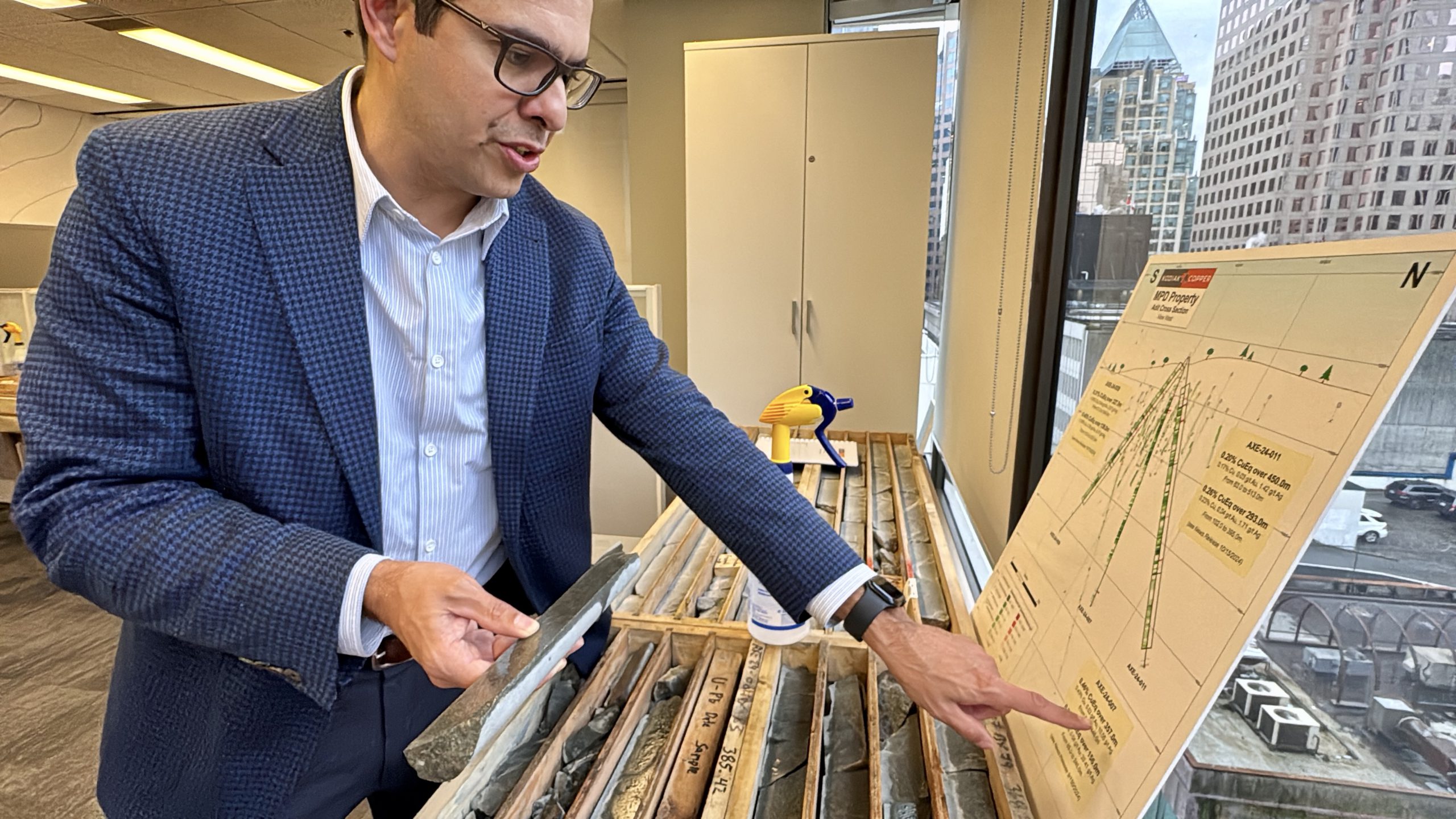EMP Metals shares PEA for Viewfield lithium brine with post-tax NPV of $1bn

EMP Metals (CSE: EMPS) has shared the highlights of the preliminary economic assessment (PEA) for the Viewfield lithium brine project in the Duperow formation of Saskatchewan. The report was prepared by Hub City Lithium.
The project will produce lithium carbonate equivalent (LCE) for the battery market over a 23-year period. It will produce an average of 12,175 tonnes of LCE per year from brine with a weighted average lithium content of 128 mg/L from seven target zones.
The Viewfield pre-tax internal rate of return (IRR) is 55% and the pre-tax net present value (NPV) is $1.49 billion at an 8% discount rate. The total capital cost of the project is $571 million, including a contingency of $52 million. The capex will be repaid over 2.1 years.
EMP CEO Rob Gamley said the company is “very pleased“ with the PEA. “With payback in approximately two years, a 23-year project life and a pre-tax IRR of 55%, our Viewfield project is clearly a world class lithium asset,” Gamley said.
“The PEA study underpins a significant property value and highlights the benefits of excellent brine concentrations, low operating costs and close proximity to local infrastructure in one of the best mining jurisdictions in the world,” he added.
Development will be broken into three elements. First is drilling the production and disposal wells as well as laying the pipelines. Second is creation of the infrastructure related to pre-filtration requirements and the Koch direct lithium extraction solution. The third will include the infrastructure for concentration, refining, and conversion of lithium chloride eluent into battery-grade LCE using technology from Saltworks Technologies. A recovery factor of 50% total lithium in place was estimated for the PEA.
There are seven target zones at Valleyfield, and they range in concentration from 84 mg/L to 259 mg/L. Production will begin on the Wymark C, D and E zones for the first seven years of operation. These are the shallowest and highest concentration zones. During these years, production will be 18,850 tonnes LCE annually.
When those zones are depleted, production will move to the Wymark A, B and Saskatoon A and B targets, beginning in year eight. These zones have lower concentrations of lithium chloride, and average annual output will be 10,200 tonnes LCE.
The base case used in the PEA assumes an after-tax NPV at 8% of $1.01 billion and an IRR of 45%. Anticipated operating costs are $40.4 million or $3,319 per tonne LCE.
{{ commodity.name }}
{{ post.title }}
{{ post.date }}

Comments